How to photograph in cold environments. As a lover of cold, icy destinations, I'm excited to share some thoughts and tips for photographing in these wonderfully harsh conditions.
Whether you're a brand new photographer eager to refine your skills or a well-travelled amateur or pro seeking fresh challenges, this blog post is aimed at helping you navigate the intricacies of photographing in cold climate landscapes and subjects.
Throughout this post, I'll offer practical tips on staying warm, protecting your gear, and some pointers on the art of cold-weather photography.
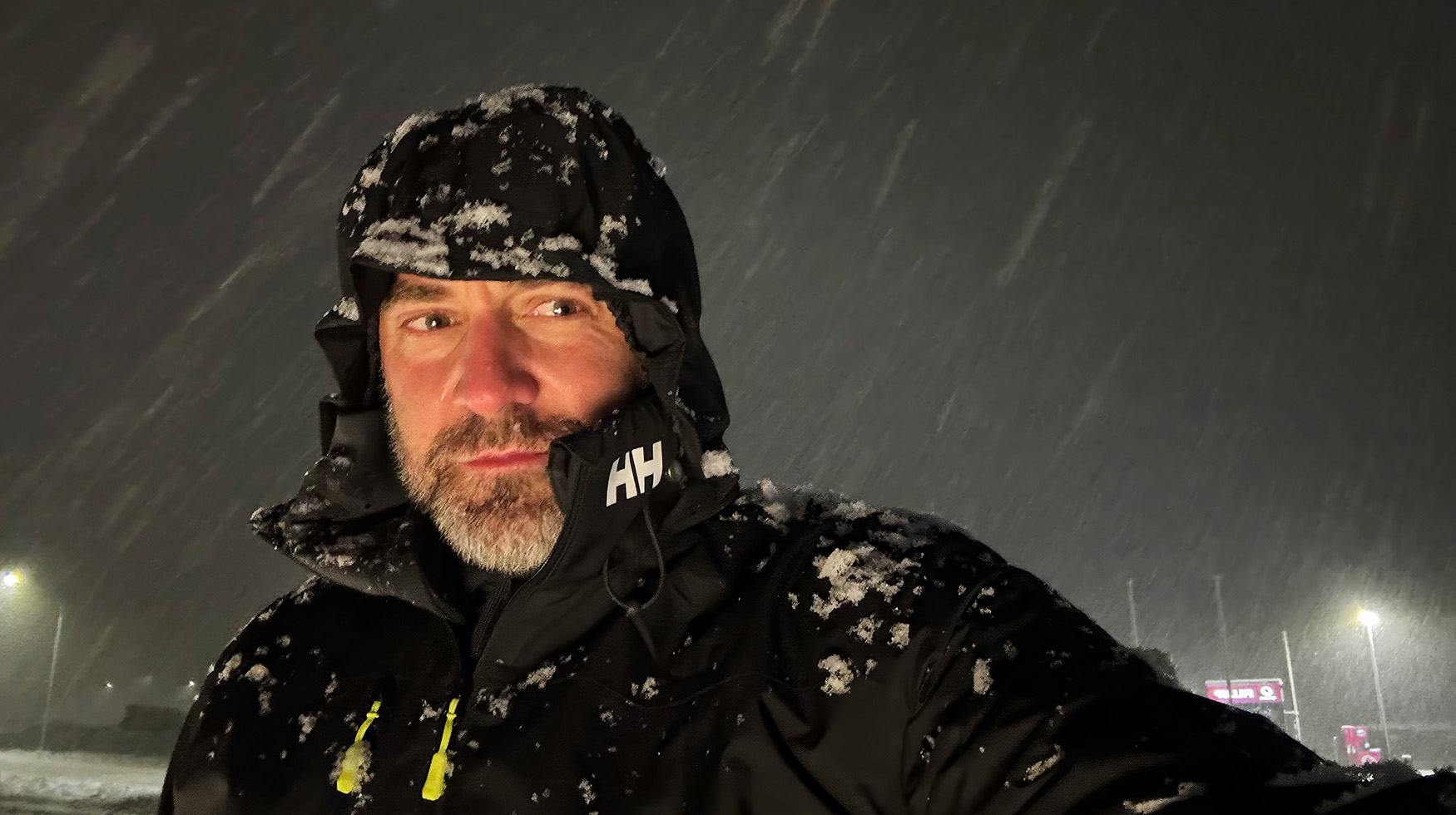
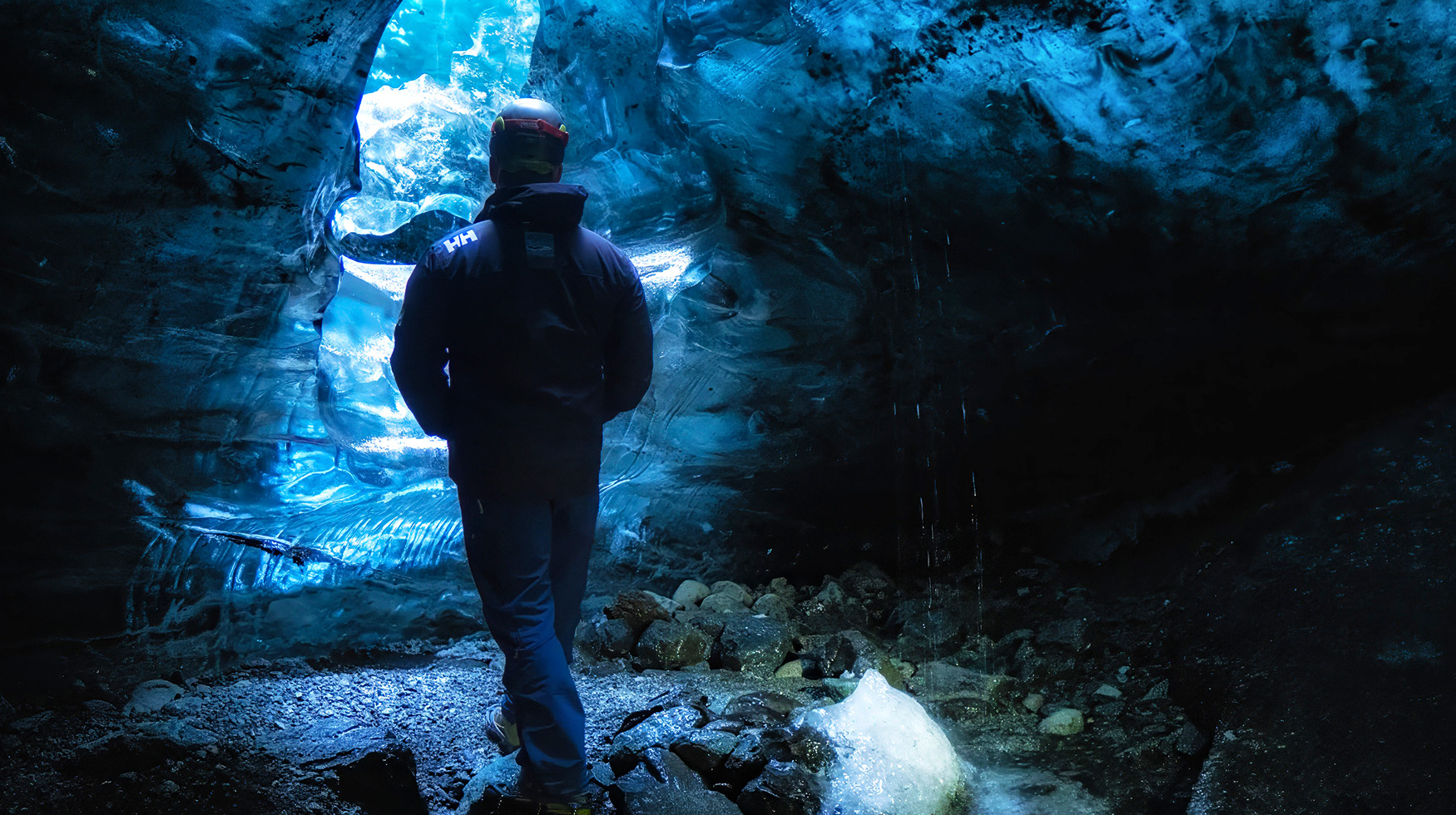
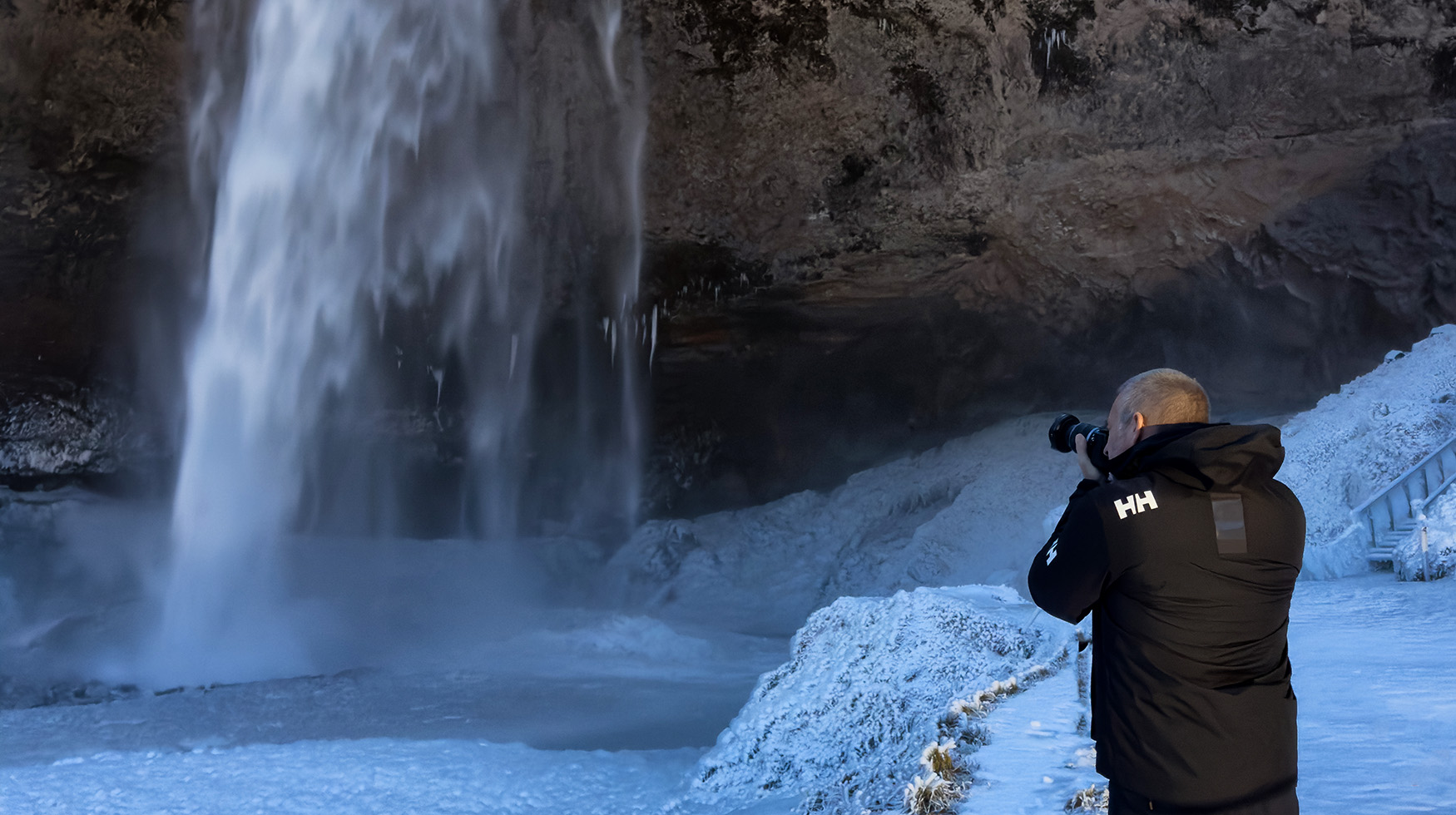
Beyond the technicalities, I would also like to extend a warm invitation to join me on a visual journey to captivating destinations such as Svalbard, Greenland, and Iceland.
I'd love to you to join me in discovering the enchanting dance of the Northern Lights, the crisp allure of Arctic landscapes, and the rich and diverse wildlife to be found in the these remote regions.
Consider this your personal invitation to explore the magic of cold-weather photography with me on one of my next Arctic adventures.
But for now, allow me to share some advice and tips for you to 'freeze' the frame during your next cold weather photo expedition.
Photographing in cold conditions
Stay warm: Dressing appropriately is crucial when photographing in cold conditions. Layering your clothing provides insulation, helping to trap and retain body heat. Opt for thermal clothing, waterproof outer layers, and don't forget to cover extremities with warm gloves and a hat. Keeping your body warm ensures that you can focus on capturing stunning shots without the distraction of the cold.
Protect your gear: Cold temperatures can significantly affect camera batteries, reducing their efficiency. To combat this, keep spare batteries close to your body to maintain their warmth. Invest in weather-sealed camera gear to protect against the elements, and when not in use, cover your equipment to shield it from snow and moisture.
Prevent fogging: Lens fogging can be a common issue when moving between temperature extremes. Gradually acclimate your camera to temperature changes to minimize condensation. Additionally, use lens hoods and keep your camera outside its bag to regulate temperature and reduce the risk of fogging.
Check for condensation: Moving from the cold outdoors to warm indoor spaces can cause condensation on your camera and lenses. To avoid potential damage, allow your gear to acclimate slowly to temperature changes. This precaution ensures that moisture doesn't accumulate on sensitive equipment components.
Plan ahead: Before heading out, check the weather forecast and plan your photography session accordingly. Consider the direction of the light, potential weather changes, and the overall mood you want to capture. Being mindful of these factors allows you to optimize your shooting conditions and enhance the quality of your images.
Gloves with access: Choose photography-friendly gloves that allow you to operate your camera controls without exposing your hands to the cold. This ensures that you can make necessary adjustments without sacrificing comfort or risking frostbite on your fingers.
Emergency essentials: It's essential to be prepared for unexpected situations when photographing in cold environments. Carry emergency items such as hand warmers, a first aid kit, and a fully charged cell phone. Inform someone about your shooting location and estimated return time to ensure that help can be summoned quickly if needed.
Be patient: Cold weather can slow down both your movements and the performance of your equipment. Exercise patience during your photography session, take breaks to warm up, and allow your gear to adjust to the conditions. This patience ensures that you can maintain focus and achieve the best possible results despite the challenges posed by the cold environment.
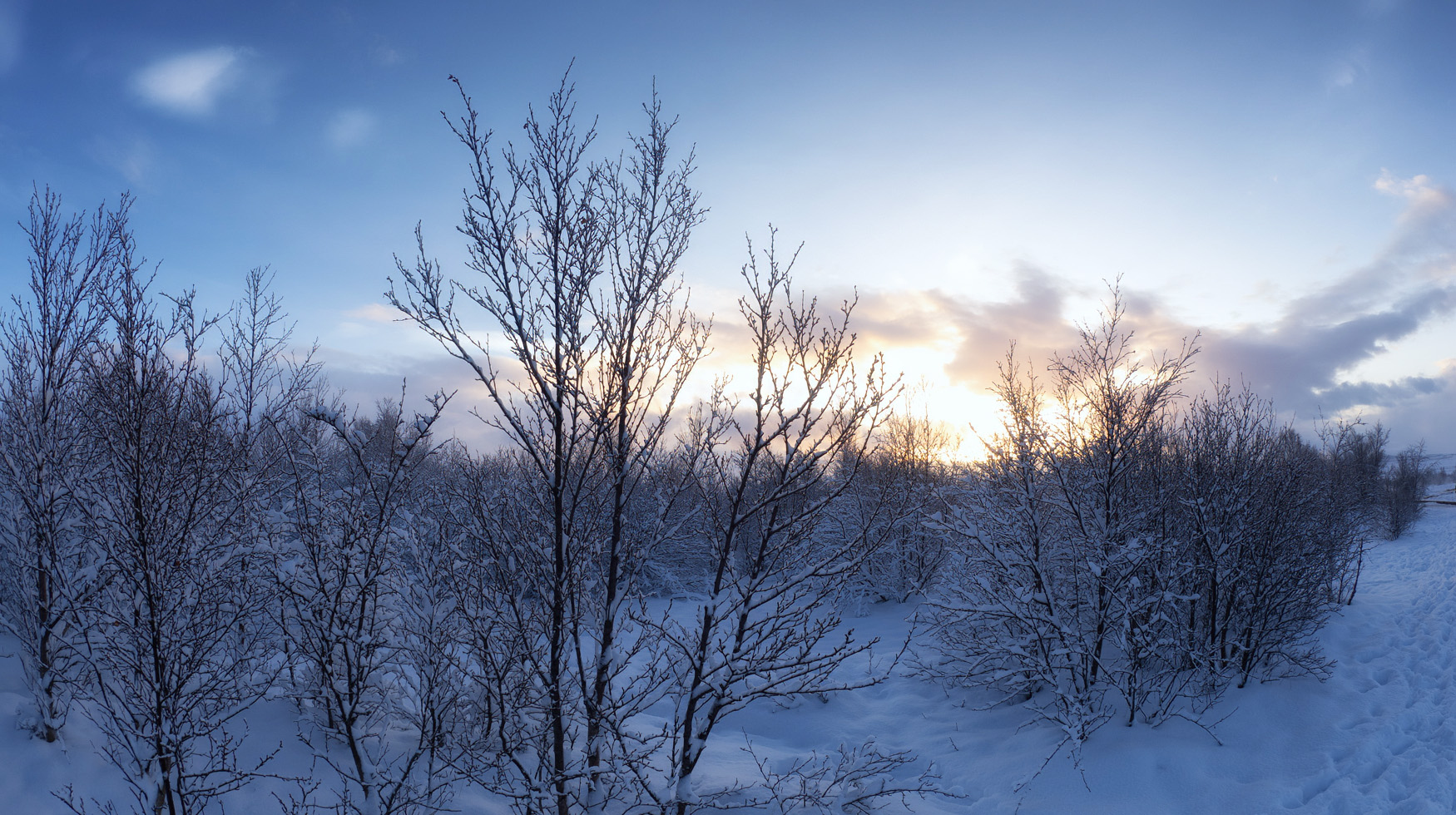
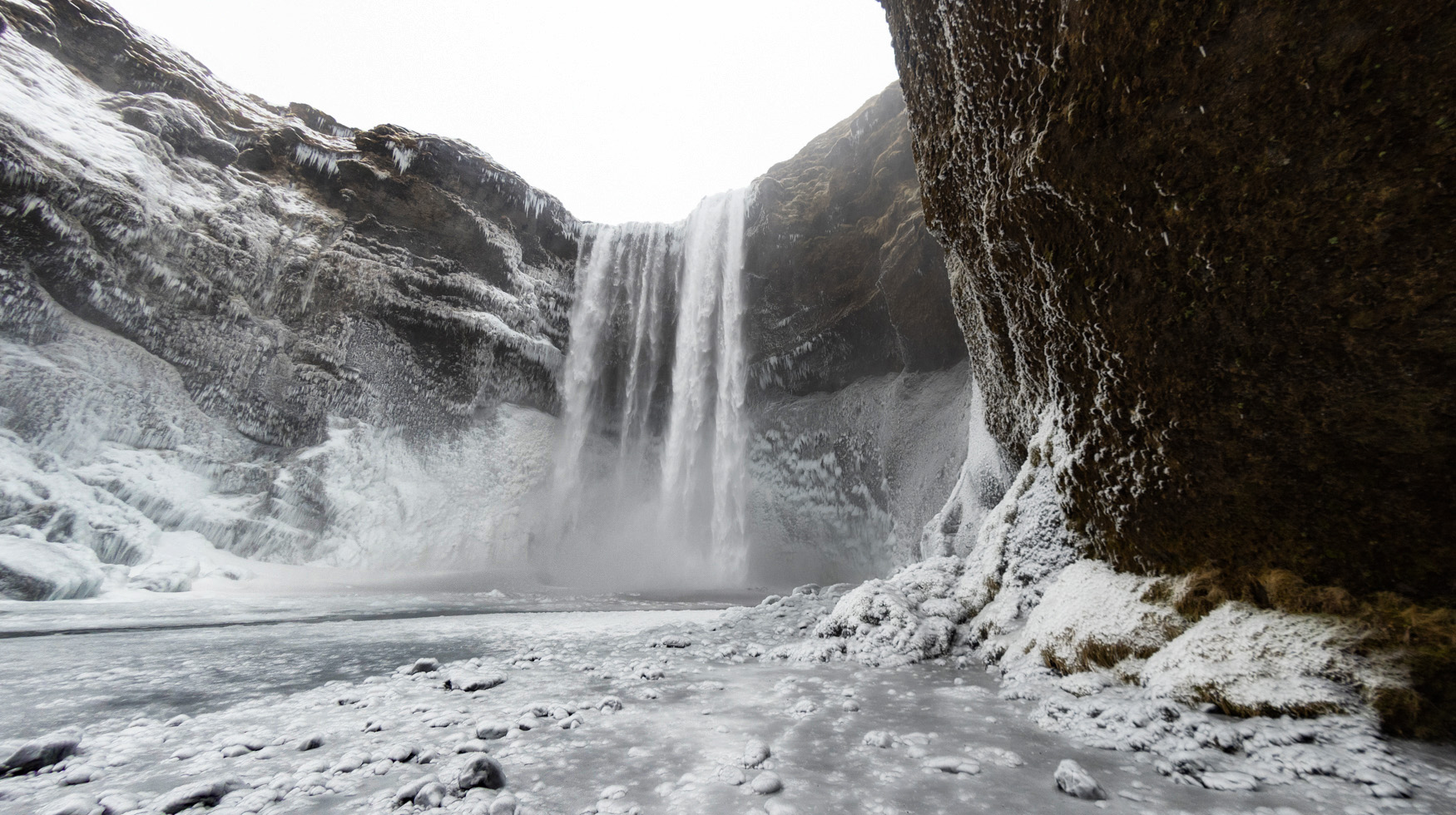
Photographic Tips
Embrace the crisp clarity: Cold air tends to be clearer and less humid than warmer air, resulting in sharper images with more detail. Take advantage of this clarity to capture the intricate textures of snow-covered landscapes, the stark contrast between light and shadow, and the vibrant hues of frozen waterfalls or ice formations.
Manage exposure challenges: Snow and ice reflect a lot of light, which can trick your camera's metering system into underexposing your images. To compensate for this, consider using spot metering or adjusting your exposure compensation settings. Additionally, you may need to open up your aperture wider or extend your shutter speed to capture the details of the snow without overexposing it.
Utilize long exposures for creative effects: Cold temperatures make it possible to achieve long exposures, allowing you to capture the movement of clouds, the flow of water in a frozen stream, or the mesmerizing dance of aurora borealis. Use a tripod to ensure sharp images and experiment with different shutter speeds to achieve the desired effect.
Highlight the unique atmosphere: Cold environments create a distinct atmosphere, often characterized by stillness, serenity, and a sense of awe. Capture this atmosphere by composing images that emphasize the vastness of landscapes, the solitude of winter scenes, or the interplay of light and shadow amidst snow-covered elements.
Capture the unique elements: Embrace the beauty of the cold environment by incorporating unique elements like snow, ice, and frost into your compositions. Experiment with the winter landscape, seeking out patterns, textures, and reflections that add interest to your images. Use the pristine, snowy surroundings to your advantage for creative and visually stunning shots.
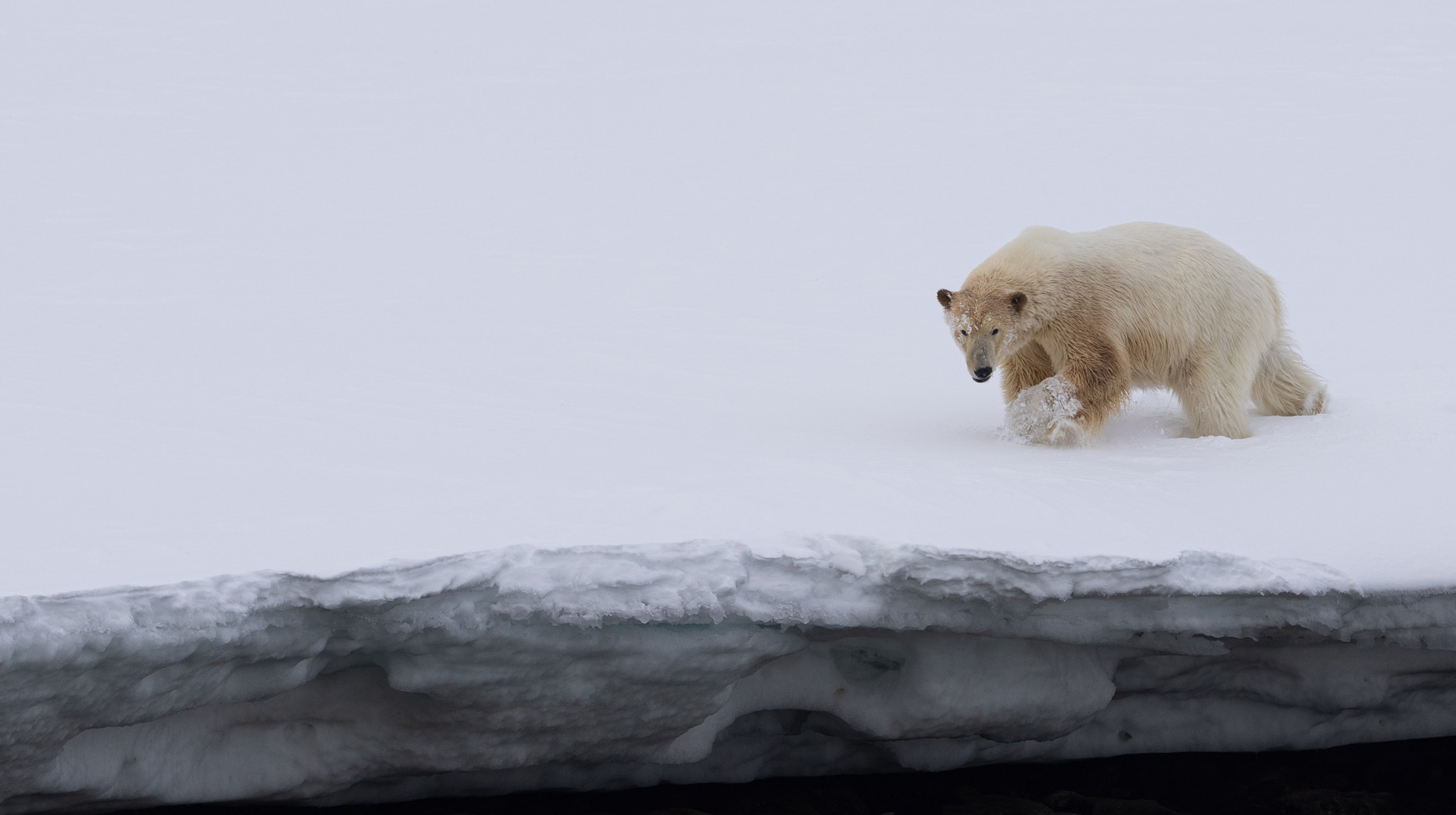
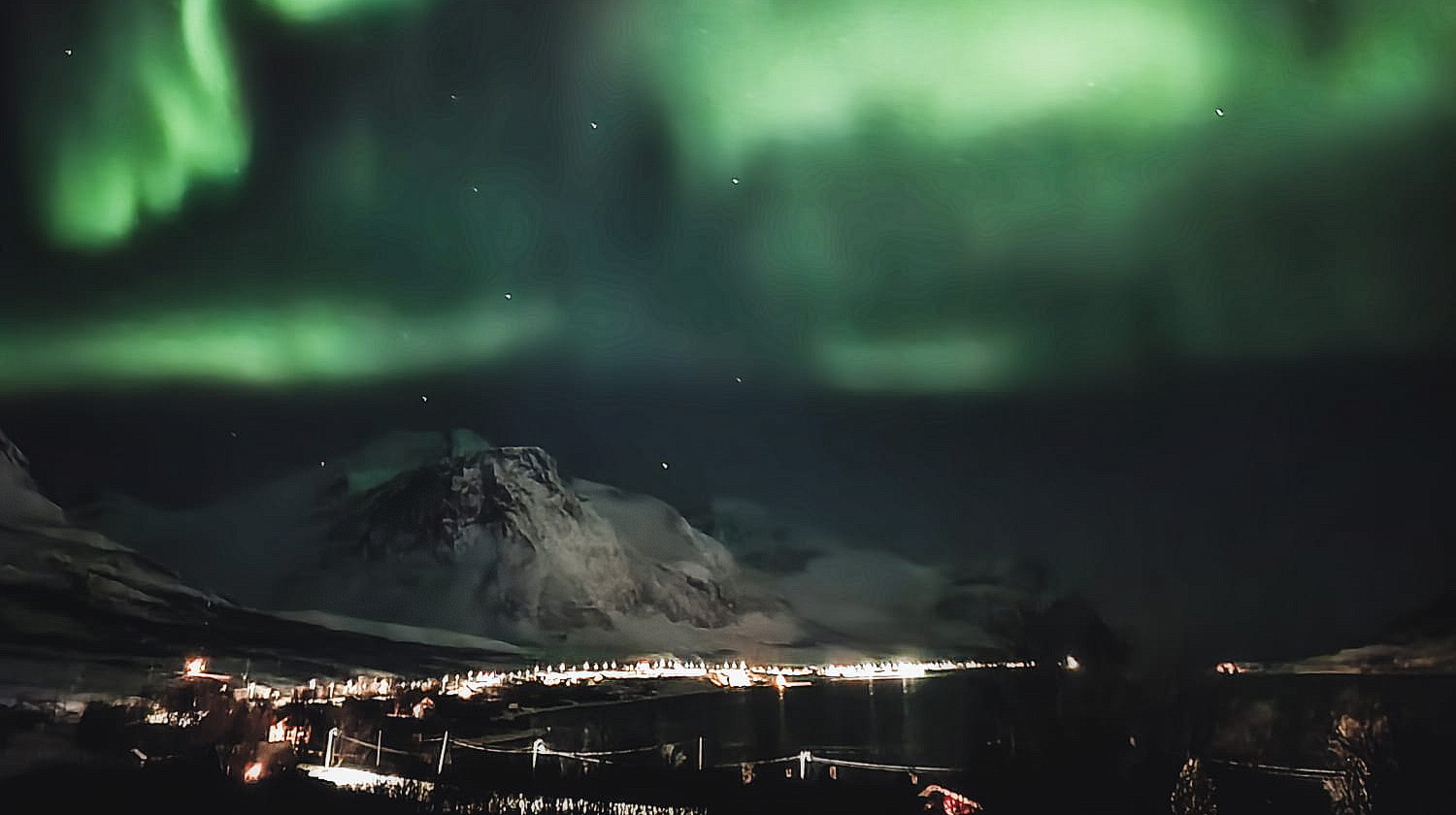
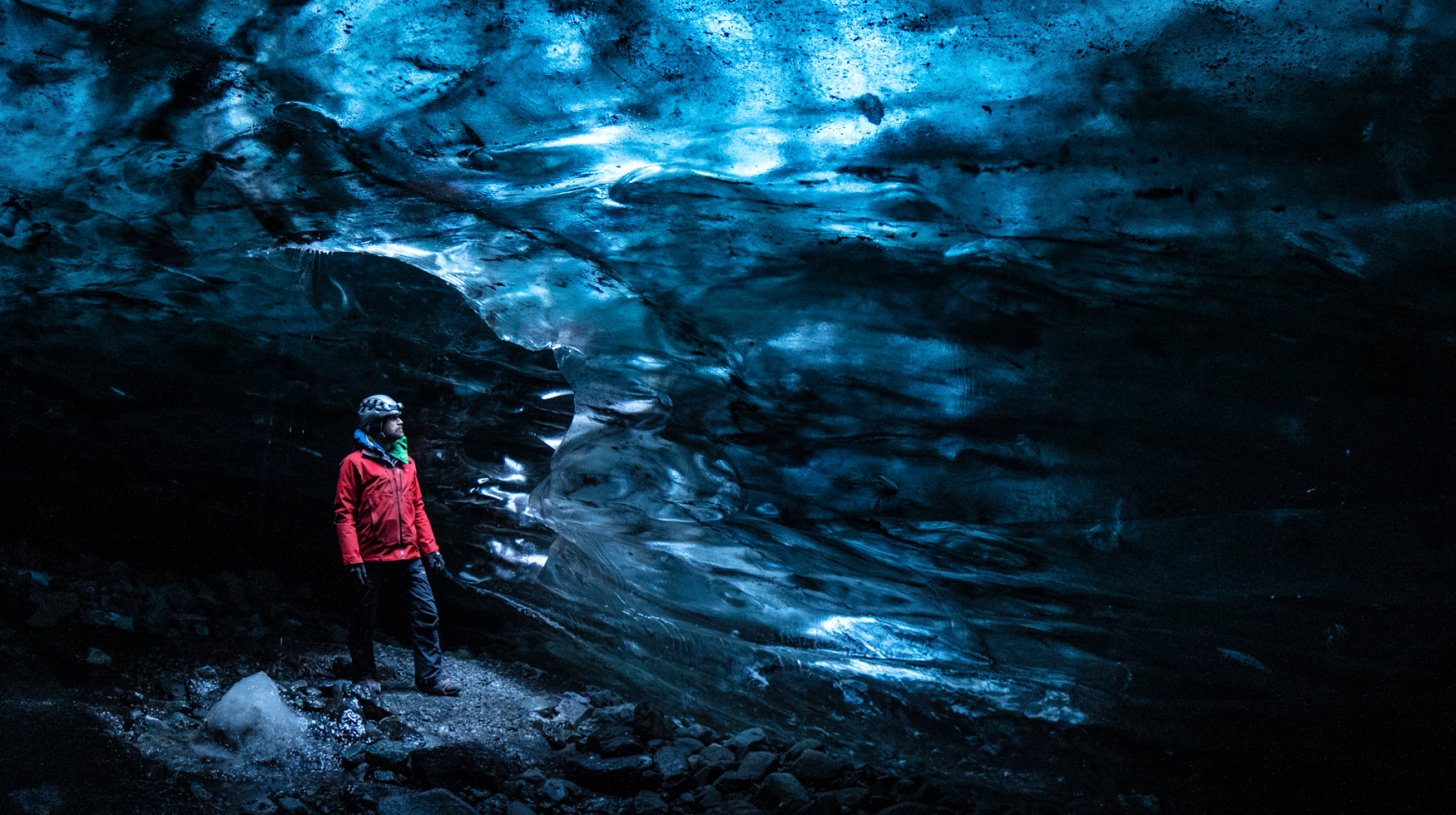
There's a obviously whole lot more to this including things like correct clothing, keeping your hands warm with gloves made for photography and getting your camera gear around in these conditions but I'll have a look at all of those in future blog posts.
If you have any questions I can assist with please feel free to reach out. I'd love to assist and hopefully share some cold weather adventures on one of our Wild Eye Arctic adventure.
And as always, don't forget to be awesome.
Orca's & Northern Lights Tour
In this remote and awe-inspiring setting, guests have the opportunity to witness the breathtaking dance of the Northern Lights and the graceful presence of Orcas, creating an unforgettable encounter with the wonders of nature, creating memories that will last a lifetime!
